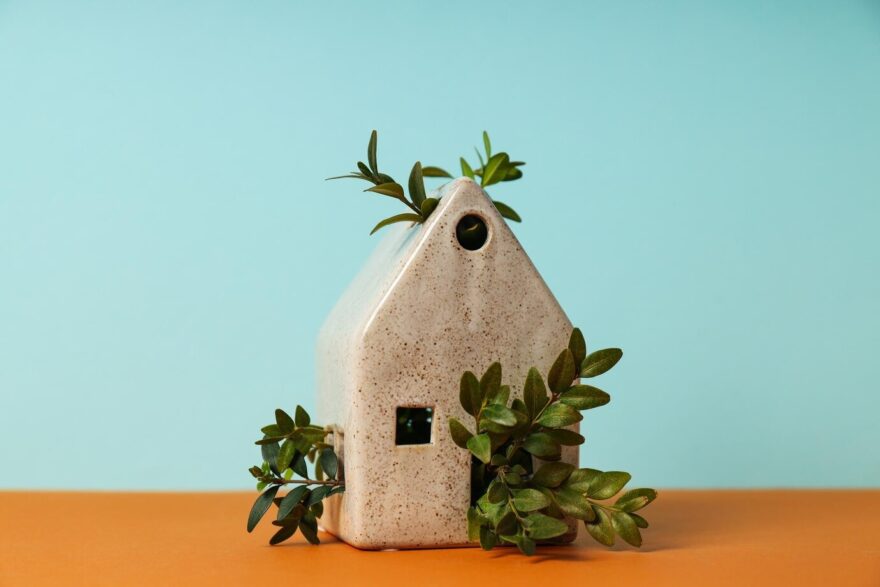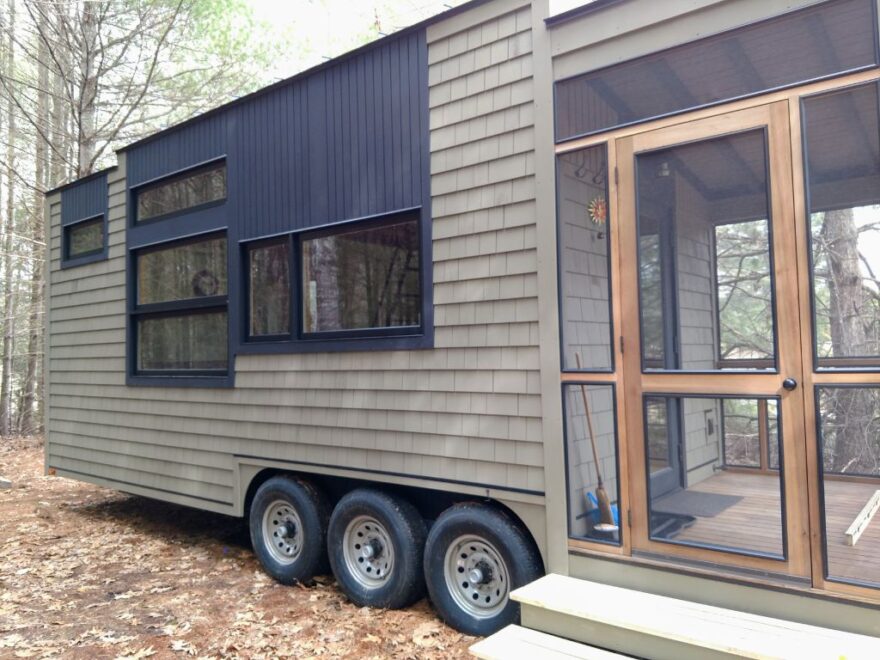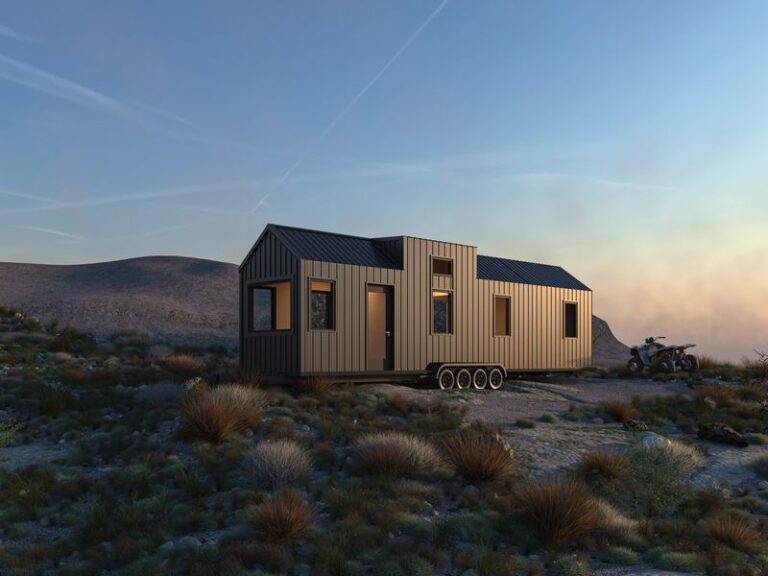In recent years, there’s been a noticeable shift in the housing preferences of many across the globe. Tiny homes, often defined as dwellings under 500 square feet, are no longer seen as merely quirky alternatives or temporary solutions; they are increasingly becoming a preferred choice for permanent living.
This trend reflects deeper changes in values, priorities, and lifestyle choices, emphasizing sustainability, flexibility, and financial freedom. Let’s delve into the reasons behind this shift and explore why tiny homes are becoming more appealing than traditional houses.
Affordability: A Key Driver
The financial benefits of living in tiny houses for sale are significant. Traditional homes come with substantial costs: high purchase prices, property taxes, maintenance costs, and utility bills. In contrast, tiny homes are considerably cheaper to buy or build.
Many people manage to construct their tiny houses outright without the burden of a mortgage, thanks to their low cost. Even if financed, the debt is typically small and manageable, freeing up income for other uses.
This affordability is crucial in an era where many are burdened by economic uncertainties and the desire for a less financially strained lifestyle. For young adults, the prospect of entering the housing market without the specter of long-term, significant debt is particularly appealing.
Sustainability: Living with a Smaller Footprint

Environmental concerns are at the forefront of many decisions, especially within younger generations. Tiny homes offer a sustainable housing solution, significantly reducing one’s ecological footprint. These homes require fewer materials to build and consume less energy for heating and cooling, which is a big win for the environmentally conscious.
Many tiny homes are also designed with eco-friendly features like solar panels, composting toilets, and rainwater harvesting systems. This integration of green technologies not only reduces the home’s impact on the environment but often leads to a self-sufficient lifestyle that aligns with broader ecological values.
Flexibility and Mobility
One of the most appealing aspects of tiny homes is the flexibility they offer. Many tiny homes are built on trailers, allowing owners to move their residence without the hassle of buying and selling property. This mobility is perfect for those whose jobs or lifestyles require frequent relocation.
For others, a tiny home can be a way to test living in a new area without committing to a permanent residence. It also provides a way to live near family or friends for extended periods without the permanence of property ownership.
Simplified Living
Living in a tiny home encourages a minimalist lifestyle. Space constraints mean that every item in a tiny home needs to be essential or multifunctional. This enforced simplicity can lead to less clutter, fewer unnecessary purchases, and, ultimately, a clearer, simpler way of living.
Many find this minimalist approach liberating, as it shifts focus from material possessions to experiences and relationships. Reducing one’s belongings and living space can lead to a significant decrease in stress and an increase in life satisfaction for many.
Community and Social Engagement

Tiny house communities are emerging as a new social structure. These communities often share amenities like laundries, gardens, and recreational spaces, fostering a sense of community and belonging. They offer a social fabric that is sometimes lacking in traditional housing setups, where neighbors can be strangers despite years of living just yards apart.
Challenges and Legal Issues
Despite the advantages, choosing a tiny home comes with its set of challenges, primarily legal and logistical ones. Zoning laws in many regions are not adapted to tiny houses, particularly those on wheels, which can be classified as RVs and face restrictions on permanent residency.
Storage space and living arrangements can also pose challenges, especially for families or those with large possessions. Adapting to a significantly smaller living space requires creativity and compromise, which might not be for everyone.
Enhancing Quality of Life Through Design Innovation
The innovation in tiny home designs is not merely about fitting essential elements into a small space but enhancing the quality of life through clever and efficient use of every inch. Architects and designers specializing in tiny homes have revolutionized the way we think about space, proving that a small footprint does not mean a lack of comfort or style. High ceilings, multipurpose furniture, and strategic window placement can make these homes feel spacious and luxurious despite their size.
This ingenuity extends to the outdoors as well, with tiny homeowners often maximizing outdoor living spaces with decks, fold-out features, and gardens, blurring the lines between inside and outside to expand their living area. This integration with the outdoors not only enhances living space but also encourages a healthier lifestyle, connecting residents with nature and the environment.
Addressing Housing Crises and Urbanization

In urban areas around the world, housing shortages and the rise of unaffordable rents are acute problems. Tiny homes present a viable solution to these issues by offering a low-cost, scalable option for housing. Cities struggling with housing their growing populations could benefit from incorporating tiny homes into their urban planning, potentially alleviating some of the pressures of urbanization.
Moreover, tiny homes can be rapidly constructed compared to traditional housing, meaning they could also serve as immediate relief in disaster recovery efforts or as temporary accommodation for displaced populations. Their portability and scalability make them ideal for evolving urban landscapes and emergency needs alike.
A Tool for Financial Independence and Security
The economic advantages of living in a tiny home extend beyond simple savings on purchase price and maintenance. For many, investing in a tiny home is a step towards financial independence, allowing residents to allocate resources to other priorities such as education, travel, or starting a business.
This financial flexibility is especially attractive to millennials and younger generations, who often face economic uncertainties and the challenge of saving for the future in traditional economic structures. Tiny homes offer a way to sidestep some of these hurdles, providing a form of security that is not tied to a large mortgage or the volatility of the housing market.
Related Posts:
- 20 Best Gaming Headset Under 50$ 2024 - for PC, PS4,…
- Top 10 Best Automatic Watches Under $500 2024 -…
- 15 Best Gas Grills Under 300 2024 - Propane Grills…
- Top 10 Best Outdoor Basketball Shoes 2024 - Durable…
- 15 Best Shoes for Walking on Concrete 2024 - Soft &…
- Top 10 Best Power Inverter for Car 2024 - Keep Your…







